April 14, 2025 | 07:36 GMT +7
April 14, 2025 | 07:36 GMT +7
Hotline: 0913.378.918
April 14, 2025 | 07:36 GMT +7
Hotline: 0913.378.918
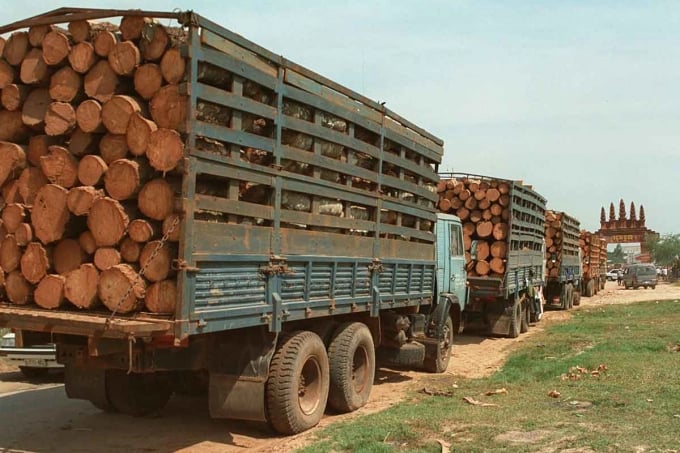
Cambodian timber exported to Vietnam. Photo: AFP.
Ever since Vietnam has banned logging in its own natural forests, Vietnam’s rapidly expanding wood processing industry has become dependent on imported timber.
Vietnam’s recent devolution of regulatory powers to provincial authorities has affected the government’s ability to control the cross-border trade from Cambodia.
According to the General Department of Customs, in 2020 Vietnam imported 1,490m3 of logs/boxes and 27,490m3 of sawn timber from Cambodia. The amount of timber imported from Cambodia has decreased much compared to the time before 2017. The reason is that the Government of this country tightens the export of unprocessed wood materials along with the pressure of international environmental organizations.
Since the 1990s, the government has transferred key decision-making powers to provincial governments in areas of fiscal government, cross-border trade, and environmental management. In some cases, provincial authorities have allowed the continued import of high-risk timber as a way to finance their local economic agendas.
This dynamic conflicts with the central government’s desire for the Vietnamese wood processing industry to only produce legal wood products for export to major markets in the US and Europe, where it is illegal to place illegally sourced timber on the market.
Decree No. 102/2020/ND-CP on the Vietnam Timber Legality Assurance System (VNTLAS) indicates that Cambodia is not a country in an active geographical area. Therefore, when importing timber from Cambodia, Vietnamese businesses must provide additional documents issued by Cambodian competent authorities to ensure the legitimacy of imported goods.
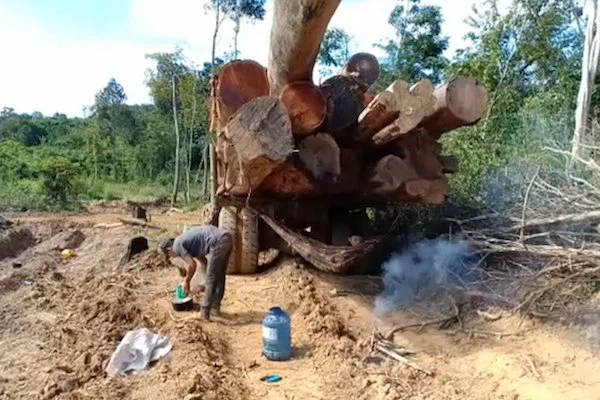
Need adequate proof for Combodia timber. Photo: Lang Ouch, from Combodia.
However, it is not clear to Vietnamese importers what legal documents are issued by Cambodian competent authorities, or whether these documents are enough to prove the legal source of supply. This issue has been causing challenges not only for Vietnamese importers but also for Vietnamese competent authorities to implement VNTLAS.
In Cambodia, timber is now considered to be the most valuable forest product, especially in terms of the provision of foreign currency to the government.
VNTLAS's focus is on controlling the legality of timber imports. The decree is seen as a key tool to prevent illegal timber products, officially took effect from October 30, 2020, providing for measures and mechanisms to control risks for imported timber, especially timber imported from risky areas.
Several legality risks are present in Cambodian timber supply chains. The risks are wide-ranging and relate to legal rights to harvest, taxes and fees timber harvesting activities, third parties’ rights, and trade and transport.
To promote legal timber trade between Cambodia and Vietnam, while ensuring that Vietnamese importers strictly comply with the legality requirements of both countries, the Vietnam Timber and Forest Products Association (VIFOREST) has just sent a document to Cambodia's Ministry of Agriculture, Forestry and Fisheries requesting sharing of legal evidence for Cambodian timber exported to Vietnam.
As of this document, the Government of Vietnam has made a strong commitment to eliminating illegal timber from Vietnam's timber supply chains. This commitment is specifically reflected in the VPA/FLEGT Agreement (VPA), signed by the Government of Vietnam and the EU in 2019. The implementation of legality requirements as per VPA applies to products for export as well as products in the domestic market.
VIFOREST has asked the Cambodian Ministry of Agriculture, Forestry and Fisheries to direct the relevant authorities to share the list and basic content of legal documents and documents necessary for the export of Cambodian timber; and necessary documents that the importing enterprise needs to present to the competent authority of Vietnam.
This information is very important to the Association in ensuring the legality of timber imports.
VIFOREST, representing Vietnam's wood industry, with more than 1,300 members operating in areas such as plantation development; processing industry, and import and export of wood, and wood products. The association encourages members to strictly comply with all requirements on the legality of timber, not only in Vietnam but also in countries that export timber to Vietnam.
Previously, in March of this year, VIFOREST also sent a letter to the Forestry Ministry of Cameroon, requesting to provide information on evidence of legality with timber from Cameroon exported to Vietnam. Cameroon is the largest supplier of tropical timber to Vietnam. In 2020, Vietnam imported nearly 400 thousand m3 of logs and more than 153 thousand m3 of sawn timber from Cameroon. Like Cambodia, Cameroon is not yet an active geographic country.
Translated by Ha Phuc
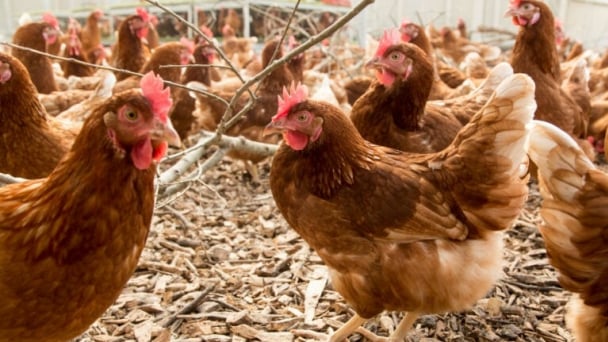
(VAN) The latest Business Benchmark on Farm Animal Welfare (BBFAW) reveals steady progress on farm animal welfare across the global food industry.
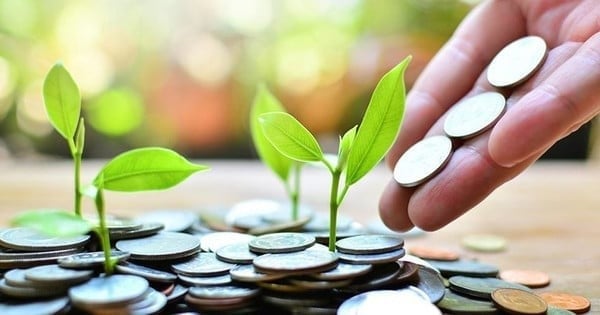
(VAN) Green credit is a financial policy that effectively supports environmentally friendly projects and activities today.
/2025/04/09/1049-2-165919_630.jpg)
(VAN) With a revenue of less than VND 30 billion/year, packaging producers are exempted from EPR liability under Decree No. 05/2025 newly issued.
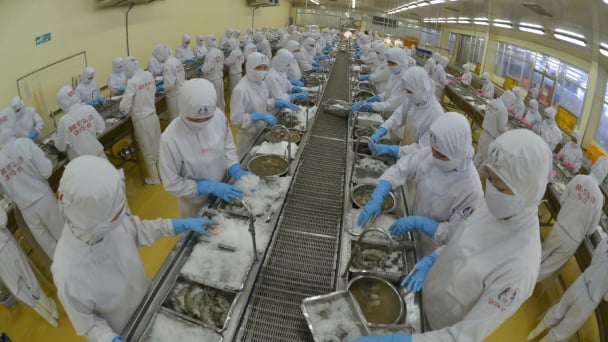
(VAN) Ministry of Agriculture and Environment has issued an Action Plan for sector's development in the coming period, aiming for a growth rate of 4% or higher and an export turnover of USD 65 billion.
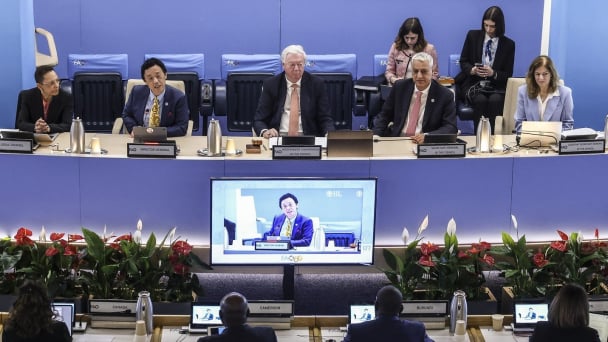
(VAN) The 177th Session of the FAO Council opened on Monday at the Organization’s headquarters in Rome.
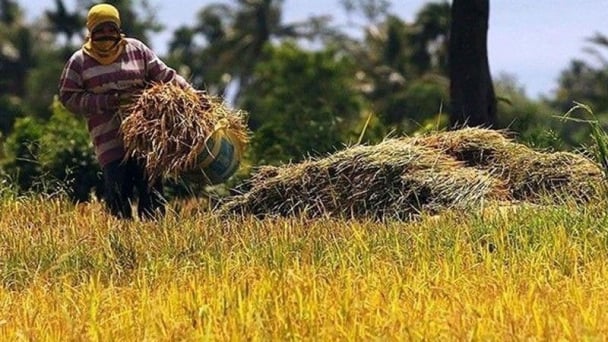
(VAN) In a statement, the Federation of Free Farmers (FFF) said the government must not be complacent over the reciprocal tariffs even if the Philippines will be slapped with the second lowest rate among US trade partners.
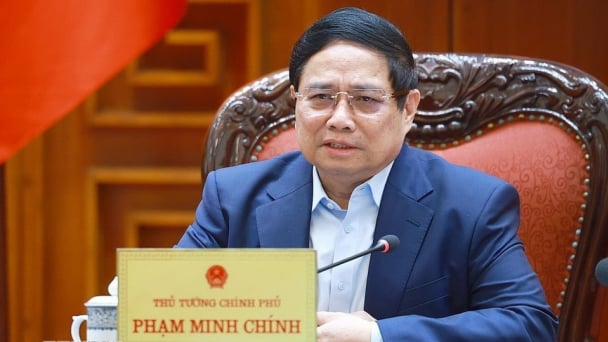
(VAN) On the morning of April 3, Prime Minister Pham Minh Chinh chaired a meeting with ministries following the United States' announcement of new tariff rates on imports from Vietnam.